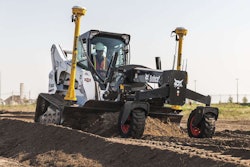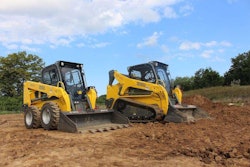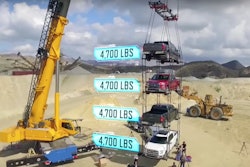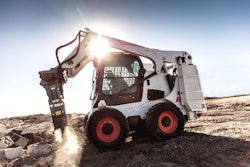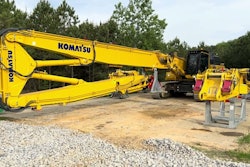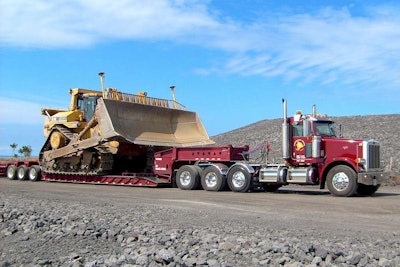
To help heavy haulers manage load distribution and vehicle weight, they need to know a few key items about their vehicle and its load:
Using the above information, you can make an educated decision as to whether your vehicle and load meets the size and weight requirements.
Legal load distribution isn’t always an easy task. Obtaining the maximum allowed legal weight may require “trial and error” with the distribution of the load, axle position, and fifth wheel location.
Moving axles or the fifth wheel is simply moving the fulcrum point. Many of us learned this lesson as children on the teeter-totter.
On a trailer equipped with sliding tandems, slide toward the problem. For instance, if the front of the trailer is too heavy, slide the axles forward. Depending on the weight of the load and where the load is placed on the trailer, each “hole” will change the balance by about 200 pounds.
The balance shift is primarily between the trailer axles and the drive axles. On a sliding fifth wheel, the fulcrum (king pin) is located over the drive axles, at nearly the nose of the trailer. Sliding the fifth wheel transfers weight loaded at the front of the trailer between the steer axle and drive axles.
